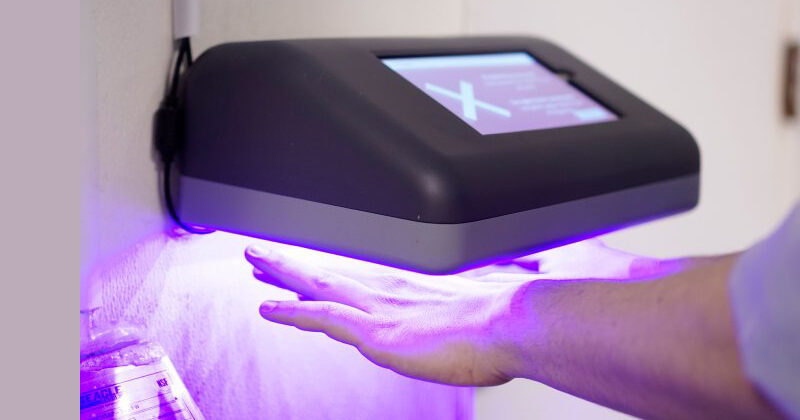“Testing is going to become a critical component, for guests and staff. It has to be efficient, accurate and affordable. In the beginning it took up to 48 hours before we knew if somebody was infected. New systems are on their way. New saliva-based tests do not even need a machine. It is a PCR approach (test tube). Twenty minutes later one knows. Another test, with a breathalyser, is also waiting for FDA approval. This means that testing will be possible, before embarking, when re-embarking after a shore excursion, or randomly.”
Peter Hult is pleased to see new products and technologies coming on the market, which will help to provide a safer environment. An example is the non-chemical surface sanitation products. “We love these no-rinse, natural, food grade products that have a faster virus and bacteria kill rate than conventional chemicals.”
“In the prevention protocols we also need to look at cross-contamination.” Peter Hult also reached out to the architects to design ‘no touch ships’, where doors open automatically, without buffet restaurants etc.
Some of the technologies he mentioned were the hydroxyls generators that can be installed in the HVAC. “These produce natural hydroxyls that reach everywhere, for deep elimination of all contaminants, everywhere. This is a green, natural, FDA-approved solution which creates an immune system for the ship.”
Every past guest knows the hand disinfecting stations at the entrances of restaurants. “This is an honoured-based system,” says Peter Hult. “Not everybody was doing it. New systems will disinfect and validate access. The system screens if you can pass or not. If you are not on the list of people that washed hands, that could be a problem in the restaurant, for example (both for crew and customer).”
“If as before, everything was about guest experience, we believe that a ship will now be defined by the standard of public health and health care,” said Peter Hult. “In addition to providing technology tools and testing, companies will also need to provide training. Every member of the staff should be part of the public health team.”
Branding
Hampton Bridwell, CEO and Managing Partner of Tenet, showed after research how the top customer drivers changed from experiences etc. (pre-Covid), to (amongst other things) health protection and hygiene post-Covid. “This is both a positive and negative driver, and companies will have to tackle this. It is a challenge but also an opportunity. Sitting back and waiting without innovation is a mistake. Brands now really have to put a stick in the ground about what they’re going to do.
It is a wonderful opportunity to create a deeper relation with the customer than ever before. I believe consumers are going to be yearning for these opportunities and these experiences, but they have to be different to what they were before.”
Article: Mike Louagie
The full two-hour webinar can be seen on YouTube: https://youtu.be/njV6Z9IHNrw
Photo credit: https://www.pathspottech.com/



